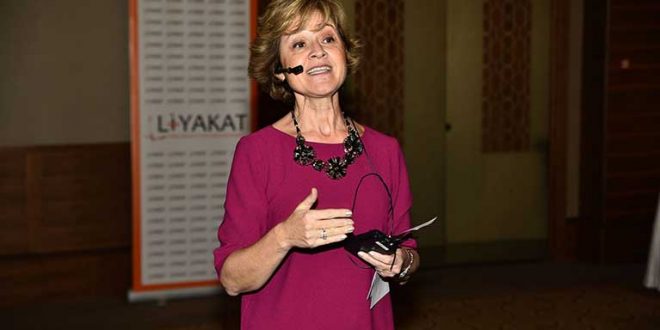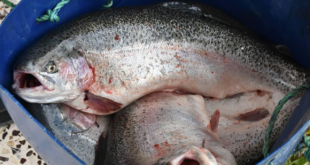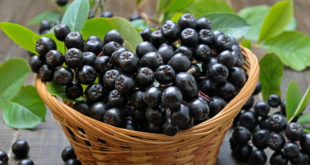Innovation in agriculture; is to transform agricultural products into all kinds of ideas and services, including growing, transporting, storing, converting a large number of foods, making raw materials, marketing and presentation systems.
Today, with the effect of globalization, very serious changes are experienced in the agricultural food sector. The scope of agriculture has expanded, especially with the development of the supply chain, technological and institutional innovations, and environmental impacts. Innovation is one of the most important tools that will ensure social and economic development, and it will be possible not only to increase production efficiency but also to use natural resources effectively, especially through environmentally friendly innovations.
Considering the performance exhibited in terms of innovation in Turkey in recent years, it seems that an acceleration has been gained, but it is certain that it is not at the desired level. Academicians and entrepreneurs who innovate at a level that will have a multiplier effect on society, both in research and development studies and in academic publication, have not emerged. The problem is not why it didn’t happen, but to be able to ask why these environments could not be provided. Because the agricultural ecosystem is a multi-stakeholder system and each stakeholder must give meaning to agriculture within the same perspective.
To give an example, only among the public roles; It establishes the infrastructure for the emergence of innovation, encourages innovations, creates the financing and legal basis. On the other hand, academics need to do more fieldwork, identify real needs and conduct scientific research to meet these needs. This vicious circle in the academic world naturally also affects university students. Sometimes, when I see the students of the faculty of agriculture, I ask three of my classic questions: Have you ever been to a greenhouse?, Have you seen the vegetable-fruit market? Have you attended any agriculture fair? You can guess the answers I got. The answers are usually “no”. This shows us that academic education consists only of theory. The biggest input of agricultural activities is “human”.
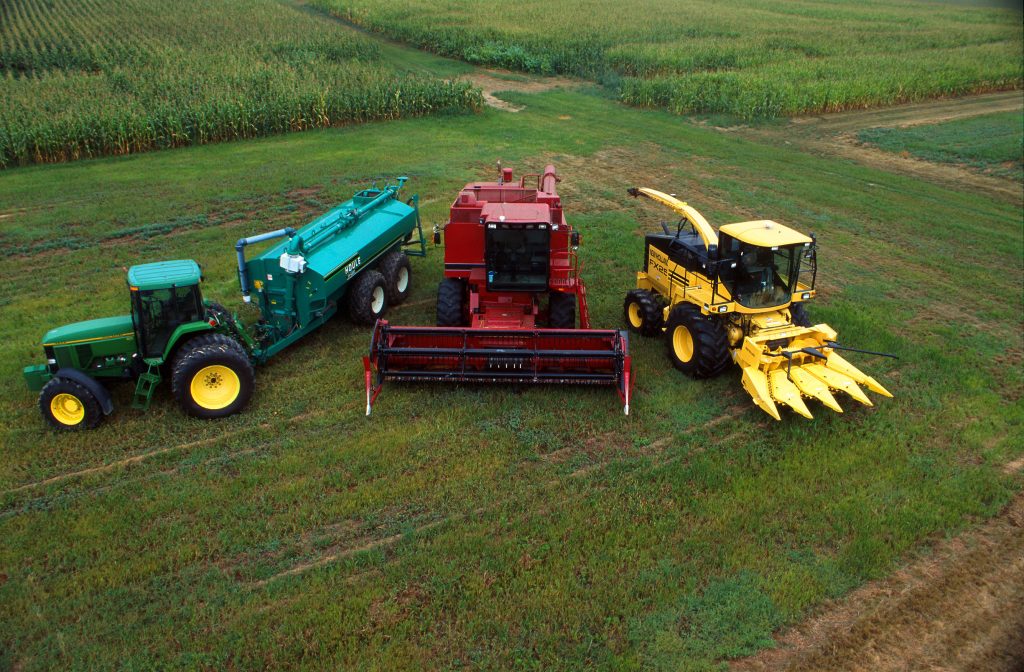
When we include the “food supply chain” under agriculture, we also need to think about farmers, agricultural workers, traders, wholesalers, retailers, industrialists producing processed food and consumers.
In my opinion, the most important reason why the agricultural ecosystem has not been created in our country yet; The fact that the concept of “agriculture” is not fully understood. Agricultural Science is a multidisciplinary field and deals with a very long value chain, starting from soil science to reaching the table, that is, the consumer. Especially today, there are many researches open to development in this field and offer new opportunities to academicians, agricultural enterprises and entrepreneurs.
What is being done in the field of agricultural innovation in the world?
Just as “innovation” is important in agriculture, “investment” in innovation is equally important. When we look at the successful agricultural countries in the world, we see that the current governments are transferring serious funding resources especially to agriculture and naturally to agricultural research.
There are some reasons for the initiation of technological change and transformation in agriculture. We know that the population will be 9.7 billion people in 2050, and agricultural production must be increased by 70% to feed this population. However, apart from this, we are faced with a very serious problem called the “climate crisis”. Considering that 11-15% of greenhouse gas emissions in the world are caused by industrial agricultural practices, we can predict that uncontrolled production increases will also worsen climate change.
For this reason, the smart agriculture market in the world is increasing its value day by day. According to the research conducted by Huwawei company in 2017, the value of the smart agriculture market, which was 13.7 billion dollars, increased by 26.8 billion dollars in 2021. That is, it has doubled in value in five years.
CEMA (European Agricultural Machinery Association), in its “Future of Agriculture” report, states that there are 4500 manufacturers producing 450 different agricultural machinery with an annual turnover of 26 billion Euros in Europe and 135,000 people are employed in this sector. In the same report, it is clearly stated that smart agricultural practices will be the factor that will affect the agricultural sector the most until 2030 and will play a driving role in the “sustainability of agriculture” of the European Union.
England
It is a country that successfully implements smart agriculture practices with university-industry-government cooperation. It started the process by educating young scientists and establishing research centers in this regard. Behind the UK’s success in agricultural innovation; its support for agricultural research and training in this field. Between 2011 and 2012 alone, the government spent 450 million Euros on research in the agriculture and food sector. Thus, wheat yield production per hectare was increased from 7 tons to 8 tons.
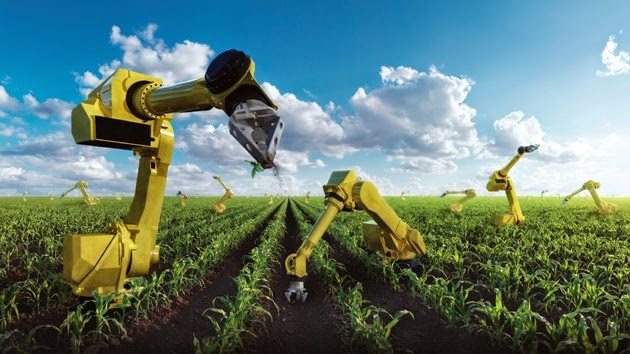
According to 2015 data, the income from the agricultural market is 96 billion pounds, which is equal to 0.7% of the gross national product. The agriculture and food sector employs approximately 3.8 million people, which constitutes 1.2% of the total workforce. The most important institution in the field of agriculture in England is the Rothamsted Institute. The Institute carries out successful projects with a budget of 37 million pounds and 450 researchers. In 2015, they established the world’s first field crop analysis facilities. In the UK, the most important collaborative universities between agriculture and food technologies are the researches carried out thanks to the platform between universities, and serious funds are allocated to researchers and doctoral students. The outputs of the research are of the nature to find solutions to the problems of agricultural and food businesses directly.
Netherlands
While half of its lands are one meter below sea level, the Netherlands currently ranks second in the world’s agricultural exports with its lands bought from neighboring countries. It has 77% of the agricultural export volume of the European Union, 6% of the world fruit trade and 16% of the vegetable trade. It earns 7.9 billion Euros by importing 4.6 billion Euros worth of agricultural products from 107 countries, then packaging these products and exporting them to more than 150 countries.
Its success in the field of Agriculture 4.0 technologies; It results from following long-term and technology-based agricultural policies. The Dutch Government has invested 1.4 million euros in purchasing satellite data to improve the sustainability and productivity of agriculture, and this data provides farmers online with information on soil, atmosphere and crop development. Significant investments have been made in agricultural technologies. The Netherlands both produces and exports technology. In 2015, agricultural technologies exports amounted to 9 billion Euros.
Wageningen University, the world’s most successful agricultural university; Focusing on software that improves food safety, agriculture and food chain, they play a role and guide for ministry officials during the creation of agriculture and food policies in the country.
Regen Company aims to establish its own food and energy producing village in the Netherlands with its eco-village project.
United States of America
Its success in the field of agricultural technologies; are its investments in both technology and teaching the use of technology. The purpose of the Federal Department of Agriculture in the country; To increase productivity, to reduce the use of water, fertilizer and pesticides, to reduce food prices, to reduce the damage of agriculture to the environment and to produce safe food.
Farmers, who are not satisfied with land reclamation and greenhouse cultivation in order to increase production, have started to use integrated systems in their fields that control temperature, humidity and harmful substances online, with support from the state.
The United States produces 80% of the world’s almond production. Soil analyzes were made by placing moisture sensors on almond trees. The information collected from the cloud was transferred to the irrigation system of the farms and irrigation was carried out appropriately. Only with this application, 20% savings were achieved in irrigation.
Among the private companies that produce both agricultural equipment and machinery and software within the framework of Agriculture 4.0, John Deere has reduced the cost of fuel spent during agricultural spraying by around 40%; With Scoutpro, detailed information about the producer’s field conditions is obtained in the mobile application, and yields can be obtained twice a week in closed vertical farms at the Green Sense farm in Chicago.
Israel
Israel, which meets 95% of its own food needs with its own production, despite the fact that only 20% of its soil is arable due to the salt content, being a “water-poor country” in terms of natural resources, and insufficient agricultural workforce, produces vegetables and vegetables worth approximately 2 billion dollars every year. Besides fruit exports, it exports fertilizers and agricultural technologies it produces.
It realizes 66% of its vegetable and fruit exports from the farms it has established in the desert below sea level with land reclamation works. They can purify and reuse salt water and industrial waste water, which creates irrigation problems. With solar energy panels, they can purify 3 thousand liters of salt water with the electricity produced daily.
Evengene seed company is very assertive in increasing crop productivity with its research and development studies in plant genetics and bio-technology. Afmik company can provide producers with real-time information about the health status of animals and the quality of milk. Eshet Ellon Company provides information about the nutritional value, maturity and quality of the fruit, and even when it will ripen, by using X-rays with the spectral imaging machine it produces.
Japan
The agricultural sector in Japan constitutes 1.5% of the gross national product. While increasing production, productivity and quality with agricultural technologies, they also attract the attention of citizens to agriculture by making agriculture attractive.
A “vegetable factory” was established at Osaka Prefecture University on an area of 2000 square meters, using artificial light and harvesting 20 times a year. Tokyo University of Agriculture and Technology conducts research in robotics. The wearable, mechanical skeleton facilitates the life of the farmers during the harvesting of the hand-picked products and ensures that the harvest is done quickly. In this way, farmers’ “leg fatigue” and pain were reduced by 50%, arm and shoulder fatigue and pain by 85%.
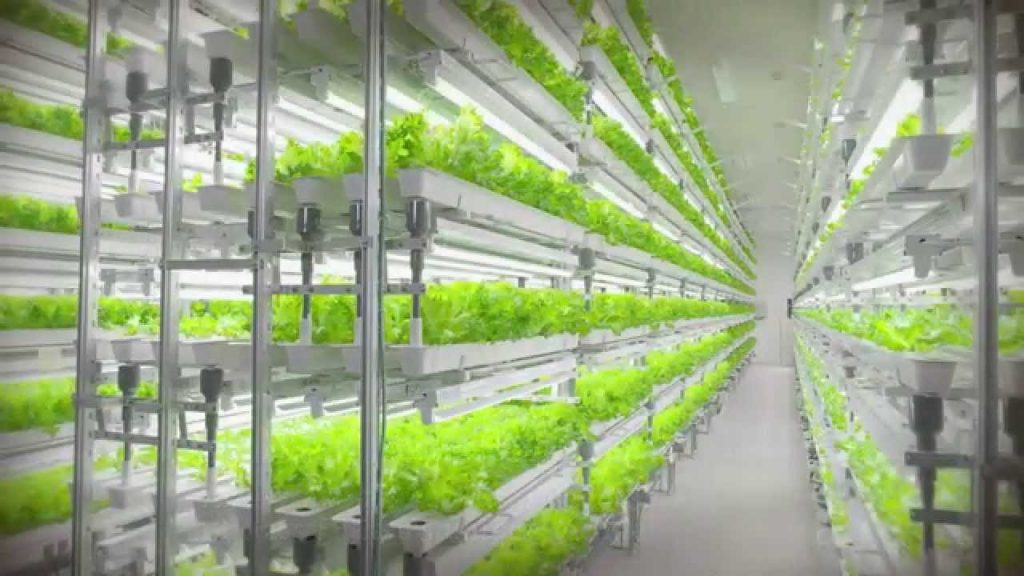
The Fukushima Agricultural Technology Center offers free laboratory service. Spread Company produces 10 million lettuce per year with robots on a farm. During this period, 98% of the water used is recycled and reused.
Thanks to the hydrogen film it has designed with a thickness of 0.06 millimeters, Mebiol Company provides efficiency in plant production with very little water. Pattrus Company has succeeded in extending the shelf life of the products with the pyramid-shaped plastic packages it produces. In the bio-farms created, the producers produce by controlling the temperature, humidity and light with a computer. Thanks to these technologies, Japan’s agricultural exports increased by 24% and reached 40 billion dollars.
Conclusion: What can be done?
When we read about the innovative discoveries made in the field of agriculture in the world, we begin to ask various questions one after the other:
-Why is the acceleration of technology in these countries not achieved in our country?
How can we provide interest in agriculture and agricultural technologies?
-How open are agricultural enterprises to innovations? Why don’t they want to get support from universities for the problems they need?
-What is the share of the governments allocated to agriculture during the year? Do they have long-term agricultural policies?
-How much are the trainings and new inventions announced to the farmer in agriculture?
-How willing is the farmer to use modern agricultural technologies?
We will have the opportunity to extend these and similar questions. But there is no need. Research and development activities are a cultural norm. This norm begins with primary school education, even with the “entrepreneurship” education that children receive at home from their parents. Entrepreneurship education requires questioning and research. That is, he starts the problem by “asking questions”. All these questions naturally lead to more in-depth research into the subject.
In our country, it is necessary not only to think innovatively in agriculture, but also to develop this “thinking style” in all fields. If we have a cultural structure of trying to salvage the problem with daily solutions, there is a serious problem.
I taught “Philosophy of Science” at university for a semester. During this period, I researched the lives of many philosophers and how they taught their students their “scientific currents” in their own schools. The two people I was most impressed with are; Aristotle and Socrates. Aristotle mentions that in order for people to be good and virtuous, nature and its cycle must be understood, an “inquiring education” must be given in order to understand this cycle, and finally, all these phenomena must be filtered through the mind.
Socrates, on the other hand, argues that every individual should have access to knowledge, regardless of their social position.
The science of philosophy tells that the existence, source, meaning and reason of the existing things should be thought about and knowledge should be investigated scientifically. Although the concepts of innovation and innovation are used interchangeably, innovation is actually a process. Transforming creative ideas into marketable products with added value. From this point of view, when I read about the innovative investments we have seen in countries that are successful in agriculture in our country, I wondered:
“Should we start education and training by better understanding the science of philosophy first of all?”
Professor Dr. Meltem Onay,
Vice Rector
15 November Cyprus University
 THE GLOBAL WINDOW OF TURKISH FOOD AND AGRICULTURE The Global Window of Turkish Food and Agriculture Sector
THE GLOBAL WINDOW OF TURKISH FOOD AND AGRICULTURE The Global Window of Turkish Food and Agriculture Sector


